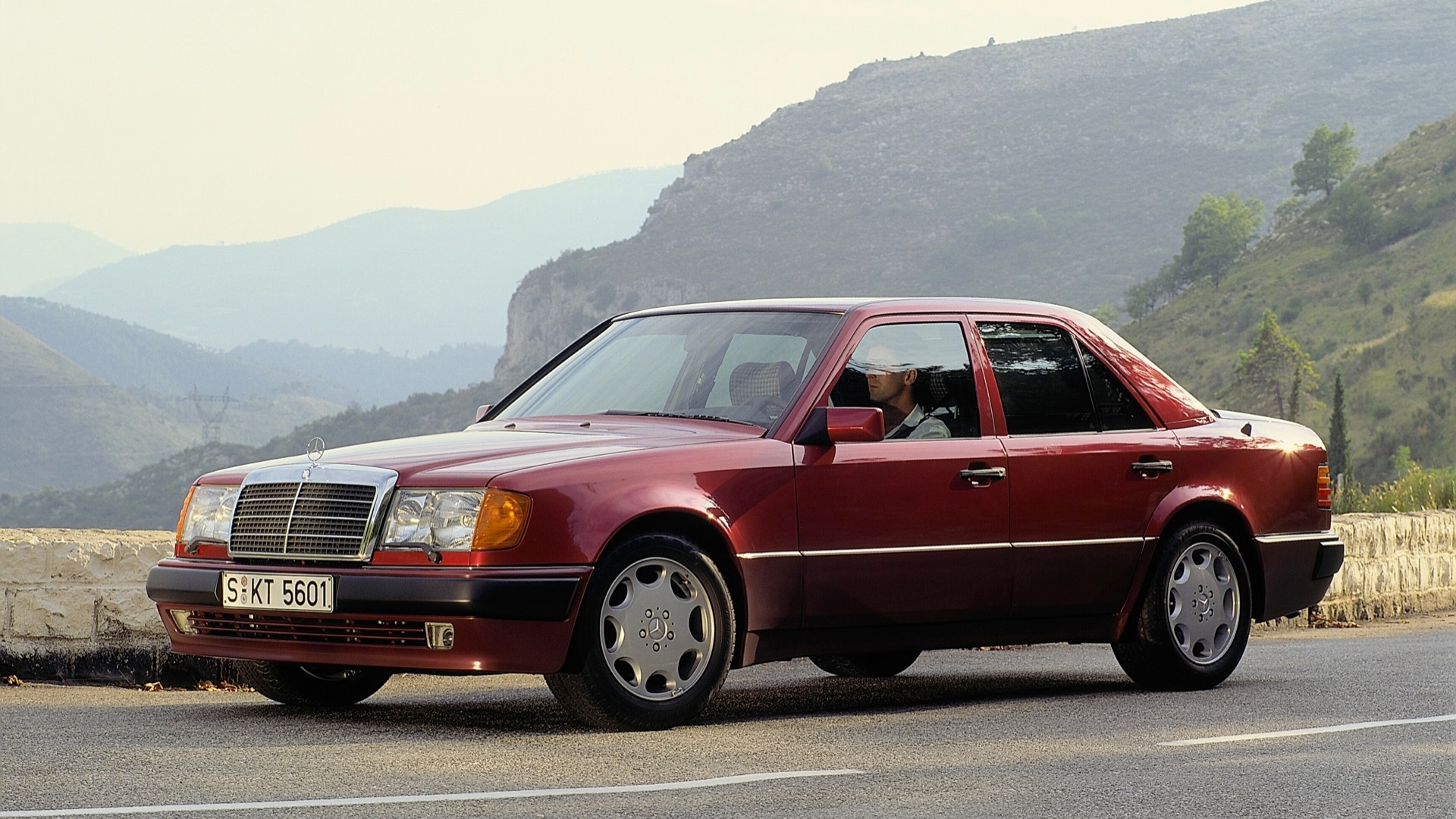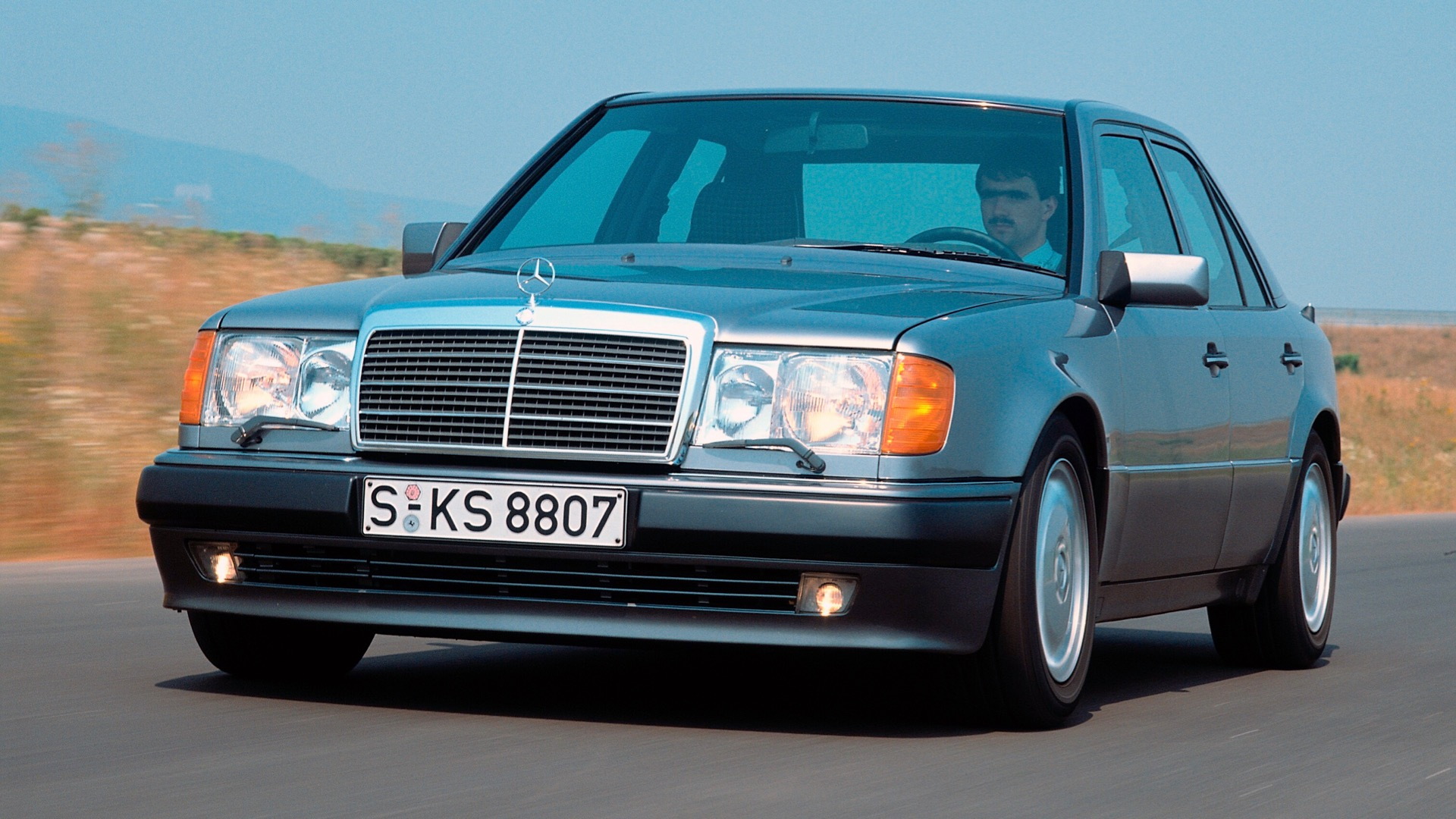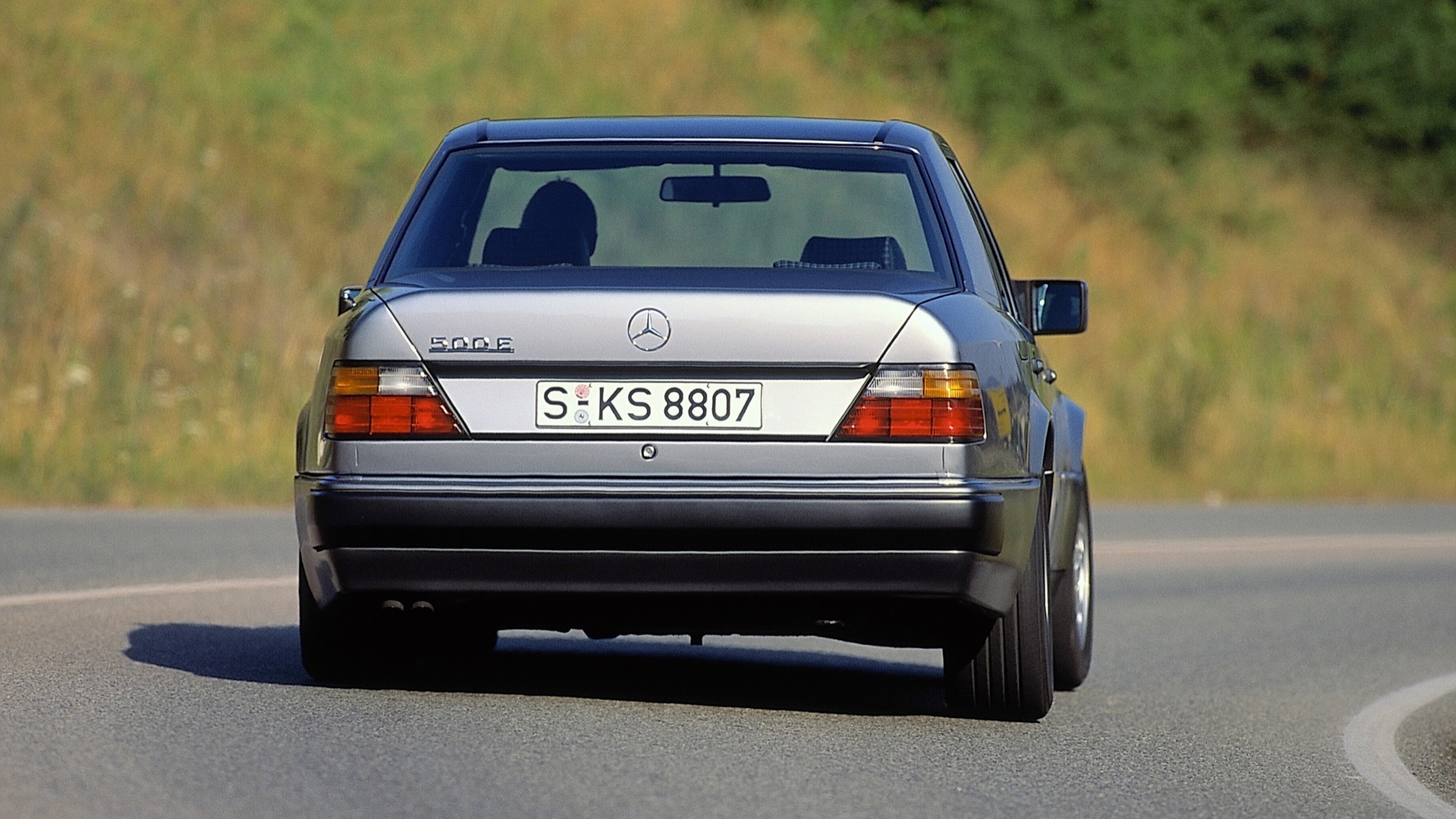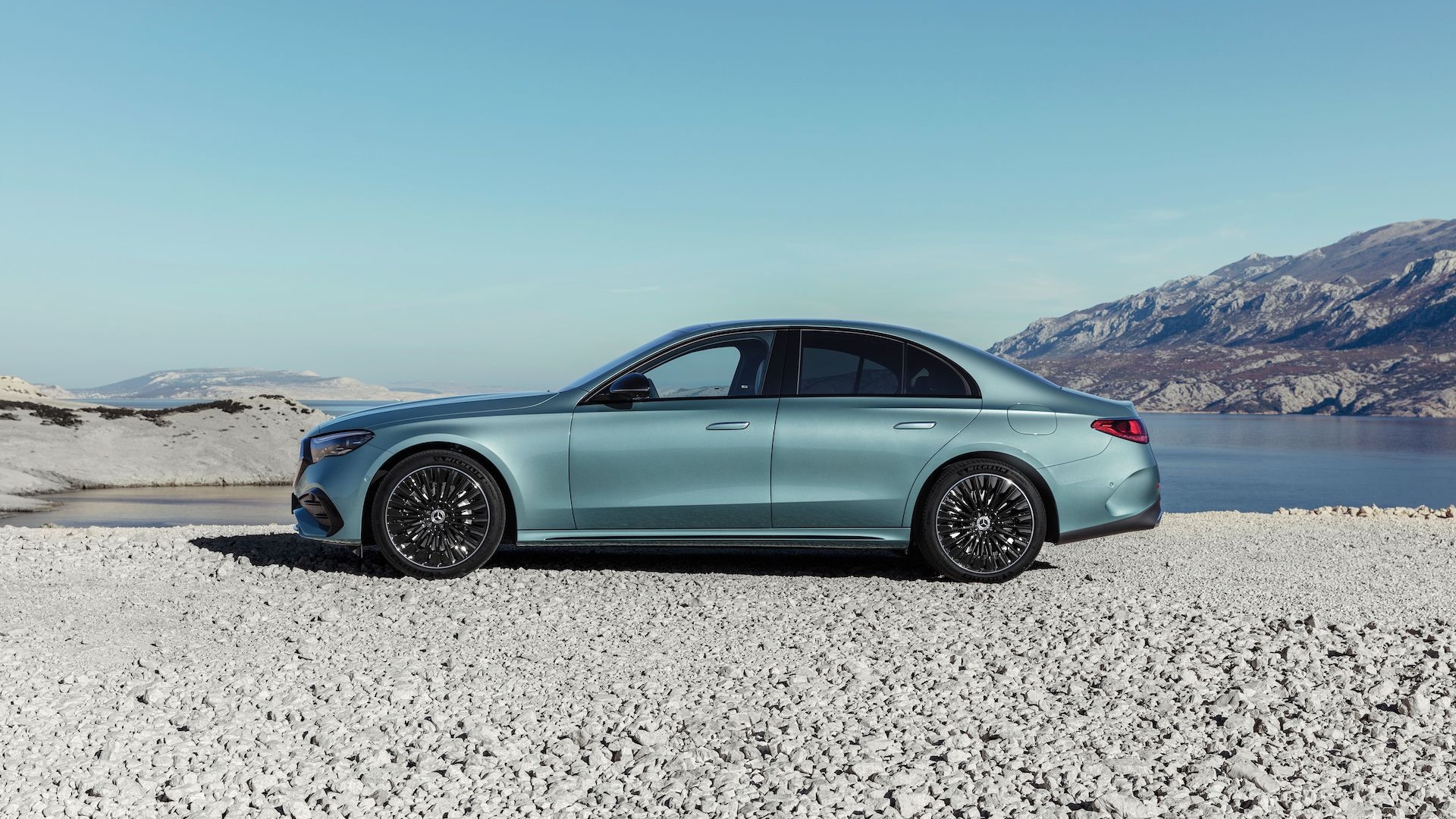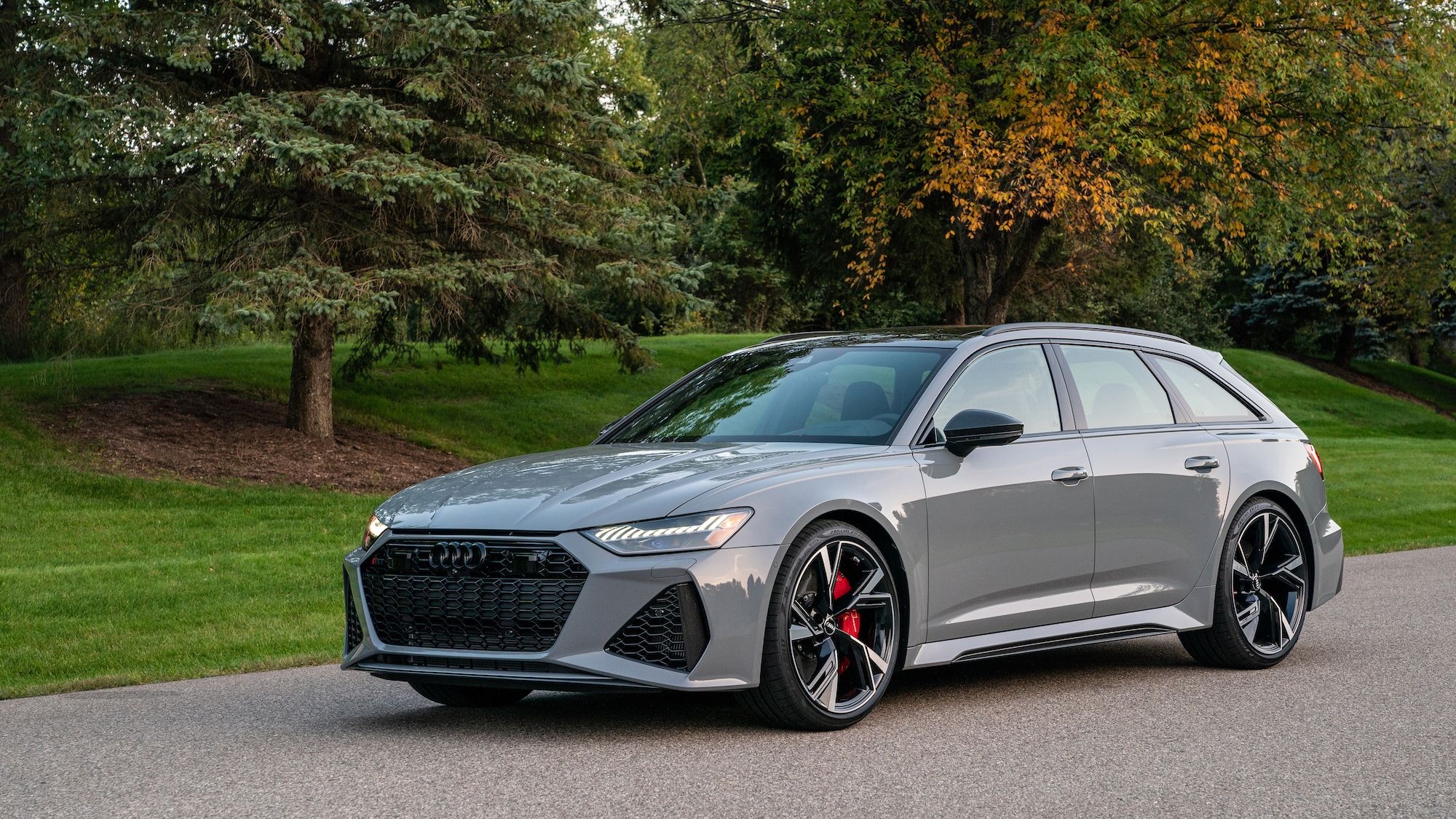Virtually every Mercedes-Benz model gets a performance variant these days, but that never would have happened without the Mercedes-Benz 500 E, which turns 30 this year. To commemorate the sport sedan's birthday, Mercedes released a retrospective on its development.
Unveiled at the 1990 Paris International Motor Show, the 500 E was a W124-body mid-size sedan (which would get the E-Class designation for the United States in 1995) with the M119 5.0-liter V-8 from the R129-generation 500 SL. A twin-turbocharged racing version of this engine won the 1989 24 Hours of Le Mans in the Sauber-Mercedes C9 prototype.
The initial 500 E made 326 horsepower and could do 0-62 mph in 5.9 seconds, according to Mercedes. Top speed was electronically limited to 155 mph.
The 500 E wasn't the first Mercedes to follow this muscle-car template. In the 1960s, test engineer Erich Waxenberger shoehorned the 6.3-liter V-8 from a 600 limousine into a W109-body sedan (predecessor to today's S-Class) to create the 300 SEL 6.3. And before it was absorbed into Mercedes, AMG built its own V-8 W124—the Hammer.
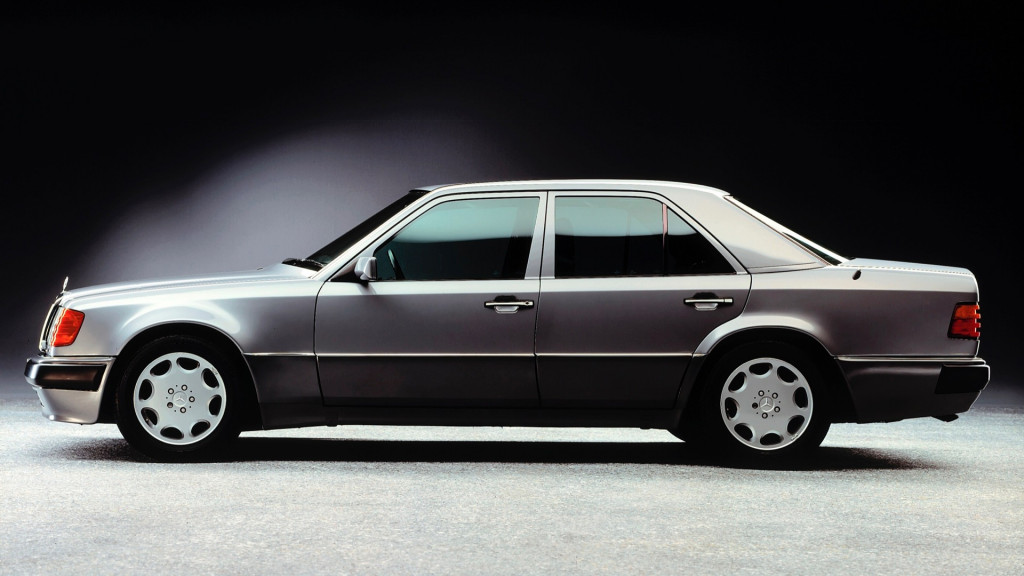
Mercedes-Benz 500 E
While it set a precedent for future Mercedes-AMG sport sedans, the 500 E wasn't developed by AMG. Mercedes brought in Porsche for development work, and partnered with the firm on assembly, a complicated process that involved sending cars back and forth between Mercedes' Sindelfingen factory and Porsche's in nearby Zuffenhausen.
In Mercedes' home market of Germany, the 500 E initially cost about twice as much as a base 300 E which, along with the low-volume production arrangement with Porsche, meant only 10,479 cars were built through the end of production in April 1995. In 1993, the model was renamed E 500 as part of a change in the W124 nomenclature. In March 1994, Mercedes launched an E 500 Limited version with special trim, and production limited to 500 units.
The 500 E/E 500 also spawned other V-8 W124 models. In 1991, Mercedes launched the 400 E (later E 420), which was less powerful (it made 279 hp) but ultimately sold in larger numbers, with 22,802 units shifted. The E 60 AMG arrived in 1993, with a 6.0-liter version of the M119 V-8 making 381 hp.
Mercedes retired the W124 model line in 1995, but the spirit of the 500 E lives on in today's AMG E63 S sedan. Its 4.0-liter twin-turbo V-8 produces 603 hp, allowing for 0-60 mph in 3.3 seconds, with a top speed electronically limited to 186 mph. You can even get it as a wagon.
